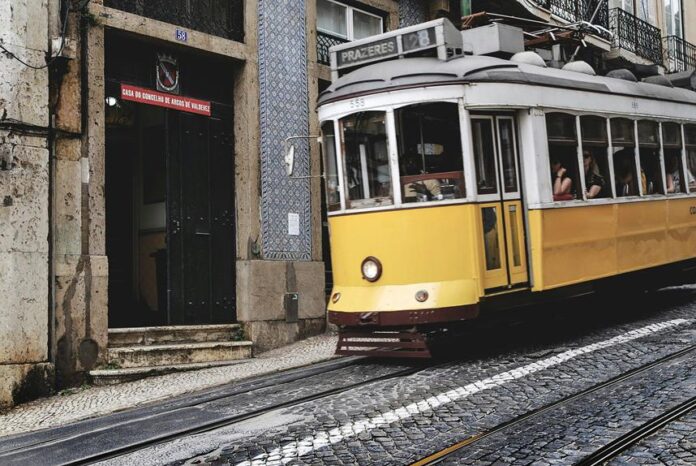Indian Railways, established in the early 19th century, has been instrumental in India's development. It has witnessed remarkable growth through technological advancements and a vast network expansion. With a focus on modernization, projects for high-speed rail and infrastructure upgrades are underway. Safety measures like the Fog Pilot Assistance System have been implemented to enhance operational efficiency. The structure of Indian Railways, under the Ministry of Railways, consists of a well-defined hierarchy with designated zones and divisions. Manufacturing units produce locomotives and coaches, while rail wheel operations guarantee smooth functioning of the railway system. The significant evolution of Indian Railways is a reflection of its importance in India's progress.
Historical Evolution
The historical evolution of Indian Railways traces back to the early 19th century when the proposal for the first railway line was put forward in 1832, marking the inception of a transformative mode of transportation in India.
Over the years, Indian Railways has witnessed significant railway expansion and technological advancements, revolutionizing the country's connectivity and transportation infrastructure.
From the operational railway track between Red Hills and Chintadripet in 1837 to the establishment of the Madras Railway in 1845, the journey of Indian Railways showcases a remarkable progression in both network expansion and the adoption of cutting-edge technologies.
These developments laid the foundation for the extensive rail network that plays a crucial role in India's economic and social fabric today.
Budgets and Modernization
Moreover, in light of recent financial allocations and ongoing infrastructure enhancements, Indian Railways continues to progress towards its modernization goals.
Despite facing financial challenges, the organization has been focusing on technological advancements to improve efficiency and service quality. Project timelines have been set for initiatives like electrifying the entire rail network by 2023, with operational impacts being carefully monitored to minimize disruptions.
The introduction of projects for high-speed rail, station redevelopment, track doubling, coach refurbishment, and locomotive modernization showcases the railway's commitment to enhancing its services.
Additionally, the implementation of GPS-enabled tracking and plans for achieving net-zero carbon emissions by 2030 underscore Indian Railways' dedication to sustainability and innovation in the face of modernization demands.
Safety Measures and Structure
Enhancing safety protocols and refining organizational structure are paramount priorities within the operational framework of Indian Railways. Safety measures encompass the removal of unstaffed level crossings by 2019, complemented by initiatives for staffed crossings and advanced safety systems like the Fog Pilot Assistance System.
The organizational hierarchy, managed under the Ministry of Railways, is structured around a four-member Railway Board. This structure includes 18 administrative zones and 71 operating divisions. Staff members are classified as gazetted and non-gazetted employees, each with distinct recruitment processes.
Manufacturing and Rolling Stock
With a focus on efficiency and innovation, Indian Railways navigates the intricate world of manufacturing and maintenance of its rolling stock. The production of locomotives and coaches occurs at various manufacturing units, ensuring the continuous operation of diesel and electric locomotives alongside the manufacturing of different passenger coaches. The railway system utilizes various types of multiple units and goods wagons for cargo operations, facilitating the movement of goods across the country. Additionally, specialized coach types such as accident relief medical vans, brake vans, and pantry cars cater to specific needs within the railway network.
| Locomotive Production | Coach Manufacturing |
|---|---|
| Diesel and Electric Locomotives | Different Passenger Coaches |
| Various Manufacturing Units | Various Manufacturing Units |
Rail Wheel Operations
Efficiency and safety in rail operations are closely tied to the seamless functioning of rail wheel manufacturing and maintenance processes within Indian Railways. The operation of rail wheel manufacturing factories at Bangalore and Chhapra plays a vital role in ensuring a consistent supply of high-quality wheels for the rolling stock.
Maintenance procedures are critical in keeping locomotives operational, with 44 locomotive sheds and 212 carriage & wagon repair units handling regular maintenance tasks. Additionally, 45 periodic overhaul workshops across various zones cater to more extensive repairs. Proper maintenance is essential to guarantee the smooth functioning of the railway system, reducing the risk of malfunctions and enhancing overall safety.
Specialized coaches like accident relief medical vans and inspection carriages further demonstrate Indian Railways' commitment to operational excellence.
Infrastructure Development
How has Indian Railways strategically advanced its infrastructure development initiatives to meet the growing demands of a modern and efficient transportation network?
Indian Railways has initiated a thorough modernization drive encompassing various key areas. Initiatives such as station redevelopment aim to enhance passenger experience and amenities.
The introduction of high-speed rail projects signifies a leap towards faster and more efficient travel options. Additionally, track doubling efforts are being undertaken to increase capacity and reduce congestion on busy routes.
In addition, coach refurbishment programs guarantee that rolling stock remains comfortable and up to date with modern standards.
Environmental Sustainability
Indian Railways' commitment to environmental sustainability is evident through its strategic initiatives aimed at reducing carbon emissions and promoting eco-friendly practices within its operations. The introduction of green technologies and eco-friendly initiatives has been a significant focus for Indian Railways to minimize its carbon footprint and contribute towards a cleaner environment. Below is a table showcasing some of the key eco-friendly initiatives and green technologies implemented by Indian Railways:
| Eco-Friendly Initiatives | Green Technologies |
|---|---|
| Solar power generation | Bio-toilets |
| Rainwater harvesting | LED lighting |
| Waste recycling | Regenerative braking |
These efforts highlight Indian Railways' proactive approach towards environmental sustainability and its role in fostering a greener future for transportation in India.


